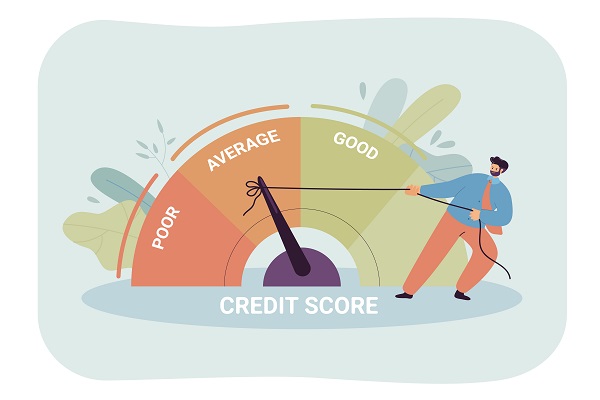Understanding Your Financing Options: A Comprehensive Guide for Small Businesses
In the life of a small business, few decisions are as critical as selecting the right financing option. Whether you’re starting out, looking to expand, or just keeping the lights on during a rough patch, understanding the landscape of available funding is essential. Here we delve into the varied financing avenues open to small businesses, examining the advantages and drawbacks inherent to each.
When small businesses think of funding, traditional bank loans often come to mind first. These loans offer the stability of lower interest rates and longer-term financing, which is invaluable for predictable budgeting and financial planning. However, the road to a bank loan is paved with stringent credit requirements, substantial paperwork, and a sometimes protracted application process, which can be daunting.
Another avenue often explored is that of SBA loans, which are designed specifically to assist small businesses in their growth or survival phases. The federal government backing significantly lowers the risk for lenders, usually translating to better borrowing terms. Yet, strict eligibility criteria and caps on how much can be borrowed place limits on this option.
A more flexible financing solution is a business line of credit. It operates much like a personal credit card, providing the opportunity to draw funds as needed up to a certain limit. This flexibility is excellent for managing the ebbs and flows of business cash needs. The catch, however, lies in the potential for variable interest rates and the discipline required to manage this financial tool wisely to avoid unnecessary debt.
There’s also invoice factoring, which can be a boon for cash flow management. By selling your unpaid invoices at a discount, you get immediate access to cash, bypassing the usual wait for customer payments. While this sounds ideal, it’s not without its costs – typically higher fees and rates than traditional loans. Moreover, it involves a third party collecting directly from your customers, which might impact customer relations.
For those businesses with immediate needs and credit card sales, merchant cash advances offer a proportion of future sales up-front. The advantage of such an arrangement is the proportionality of repayments to sales, which can be a relief during slower business periods. The downsides are the high costs associated with these advances and the daily deductions from sales that can strain cash flow.
Equipment financing is a lifeline for businesses that need new machinery or technology to operate. Since the equipment itself serves as collateral, it often eases the qualification process. Yet, the threat of repossession looms if payments falter, and rapid technological advancements can render financed equipment obsolete.
Then there’s the modern method of crowdfunding, which leverages the power of the Internet to gather small amounts of capital from a large audience. It’s a great way to generate funds without incurring debt and serves as a platform for market validation. Despite its appeal, a successful crowdfunding campaign demands a significant marketing effort and offers no guarantee of reaching your financial target.
Venture capital and angel investment represent a different kind of opportunity for high-potential businesses. They offer substantial funding and the expertise of seasoned investors. In exchange for this, a portion of business ownership is relinquished, and there’s an implicit expectation for rapid scaling and high returns, which can be a high-pressure environment for any business.
Lastly, bootstrapping remains the most straightforward method, where you rely on personal savings and revenue generated by the business to fund operations. This approach can foster disciplined financial management and creative problem-solving but can also limit growth potential and put personal finances at risk.
In the financial tapestry of small business operations, each funding source has its own pattern of pros and cons. The key is to align your choice of financing with your business’s capabilities, growth trajectory, and financial health. A strategic approach to funding can not only smooth out operational kinks but also set the stage for long-term success and stability. As you weigh these options, consider not just the immediate influx of capital, but also the broader impact on your business’s future.







